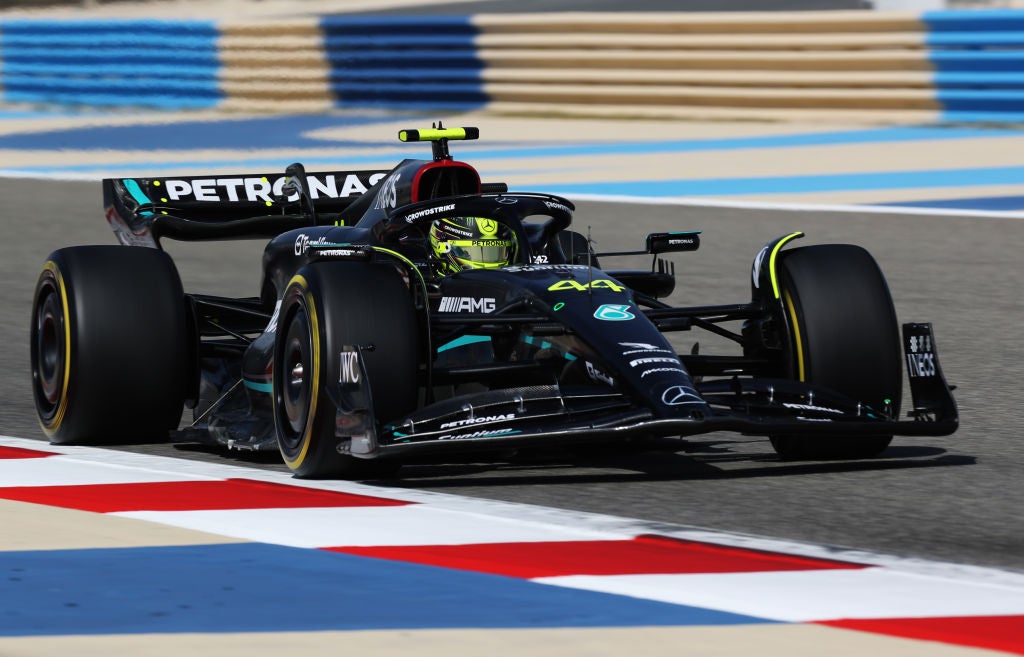What does ‘interval’ mean in F1?
You will often see the term interval on the live leaderboard during a race
Your support helps us to tell the story
From reproductive rights to climate change to Big Tech, The Independent is on the ground when the story is developing. Whether it's investigating the financials of Elon Musk's pro-Trump PAC or producing our latest documentary, 'The A Word', which shines a light on the American women fighting for reproductive rights, we know how important it is to parse out the facts from the messaging.
At such a critical moment in US history, we need reporters on the ground. Your donation allows us to keep sending journalists to speak to both sides of the story.
The Independent is trusted by Americans across the entire political spectrum. And unlike many other quality news outlets, we choose not to lock Americans out of our reporting and analysis with paywalls. We believe quality journalism should be available to everyone, paid for by those who can afford it.
Your support makes all the difference.Formula One has enticed a raft of new fans in recent times for a variety of reasons. Most notably the Netflix series Drive to Survive has brought the storylines in the pitlane to a new audience and got them hooked, while the 2021 title battle between Lewis Hamilton of Mercedes and Red Bull’s Max Verstappen ignited more sporting interest.
But ahead of the 2024 campaign, the sport remains impenetrable at the best of times, with TV commentators and analysts using racing terminology and F1 jargon which make races difficult to understand for the casual fan.
One of those terms is ‘interval’ which you often see on the live leaderboard during a race and occasionally mentioned by the commentary team.
What does interval mean in F1?
An ‘interval’ will often be noted on the side of the live leaderboard on TV during a race.
It is usually written next to the driver’s name leading the race, and beneath next to the second-placed driver will be a time such as +3.450. The time indicates that the driver in second is 3.450 seconds behind the leader.
The same meaning will apply for all the times in the column next to drivers’ names under the word ‘interval’. So interval simply means the time gap between the named driver and the one ahead.

What is DRS?
The interval is not just important for telling us who is close to an overtaking manoeuvre, but also indicates which drivers can deploy the help of DRS – drag reduction system.
DRS is allowed at designated parts of the track, usually long straights, so long as a car is within one second of the car in front. Once inside the one-second mark, the chasing driver can use DRS which opens the car’s back wing, literally reducing drag so the car speeds up.
This makes overtaking easier throughout races, though can cause problems with ‘DRS trains’ in the midfield where numerous cars are within one second of each other, cancelling out the DRS impact.

Join our commenting forum
Join thought-provoking conversations, follow other Independent readers and see their replies
Comments